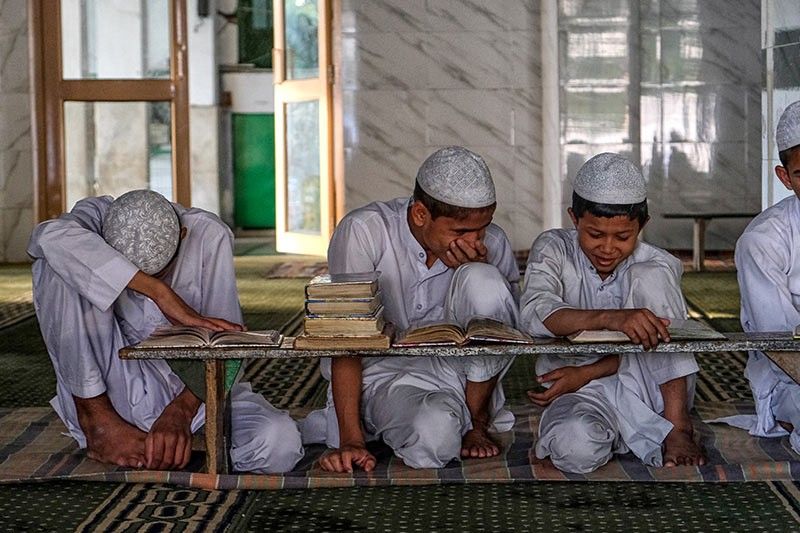Fast facts: Islamic Eid'l Fitr holiday

MANILA, Philippines — Around 1.8 billion Muslims worldwide will celebrate the end of their month-long Ramadan fast with Eid'l Fitr.
Here are some facts about one of the most important Islamic holidays, which is also known as the "festival of breaking the fast."
What is Eid'l Fitr
The Islamic holiday of Eid'l Fitr marks the end of the holy month of Ramadan, when Muslims fast from dawn until dusk.
Ramadan is held in the month when it is believed that the Prophet Muhammad received the first verses of the Quran from God. It is one of the five pillars of Islam and followers are expected to pray five times a day and are encouraged to exercise reflection and to focus on their community and family.
Sick people, the elderly, and pregnant and lactating mothers are exempted from fasting during Ramadan.
When celebrations are held
The day of Eid'l Fitr celebrations depends on the sighting of the new moon. It is celebrated in the first day of Shawal in the Hijrah lunar-based calendar.
Middle Eastern states are celebrating Eid on Tuesday, June 4, after Arab clerics saw the crescent moon rising Monday, June 3.
Clerics in many parts of Asia, however, failed to see the crescent moon in separate moon-sighting rites, a practice pioneered by the first ever Muslim community established by the Prophet Muhammad.
The Darul Iftah, or House of Opinions, in the Bangsamoro Autonomous Region in Muslim Mindanao declared Wednesday, June 5, as the day for the Eid celebration in the Philippine region.
The Darul Iftah is comprised of senior Islamic theologians from across the Bangsamoro region, among them graduates of Islamic universities in the Middle East and North Africa.
A 2012 estimate by the National Commission on Muslim Filipinos states that there are 10.7 million Muslims in the Philippines.
What happens during Eid
During Eid, Muslims gather in large open spaces or in mosques for their prayers.
They end their fast and celebrate with lavish feasts that can last for three days in some countries.
Gift-giving and the wearing of new clothes, a symbol of spiritual renewal, are also common practices.
— The STAR/John Unson with Philstar.com intern Gabriella Adelyne Alicaya
- Latest
- Trending






























